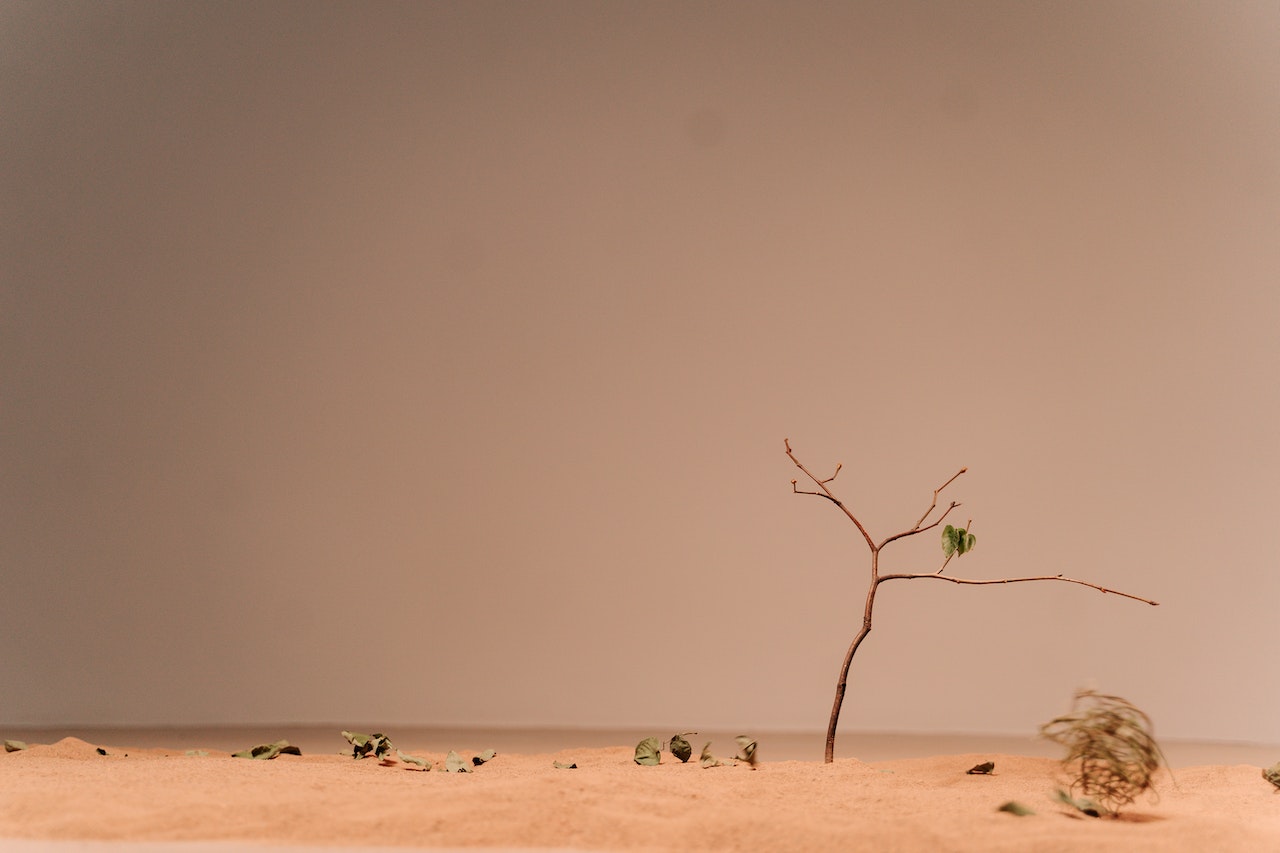
There's no doubt that extreme heat has been making national headlines this year, not just in California or even the United States, but around the world. And while the Golden State has gotten a reprieve, it won't last as the heat wave continues to spread to the United States.
